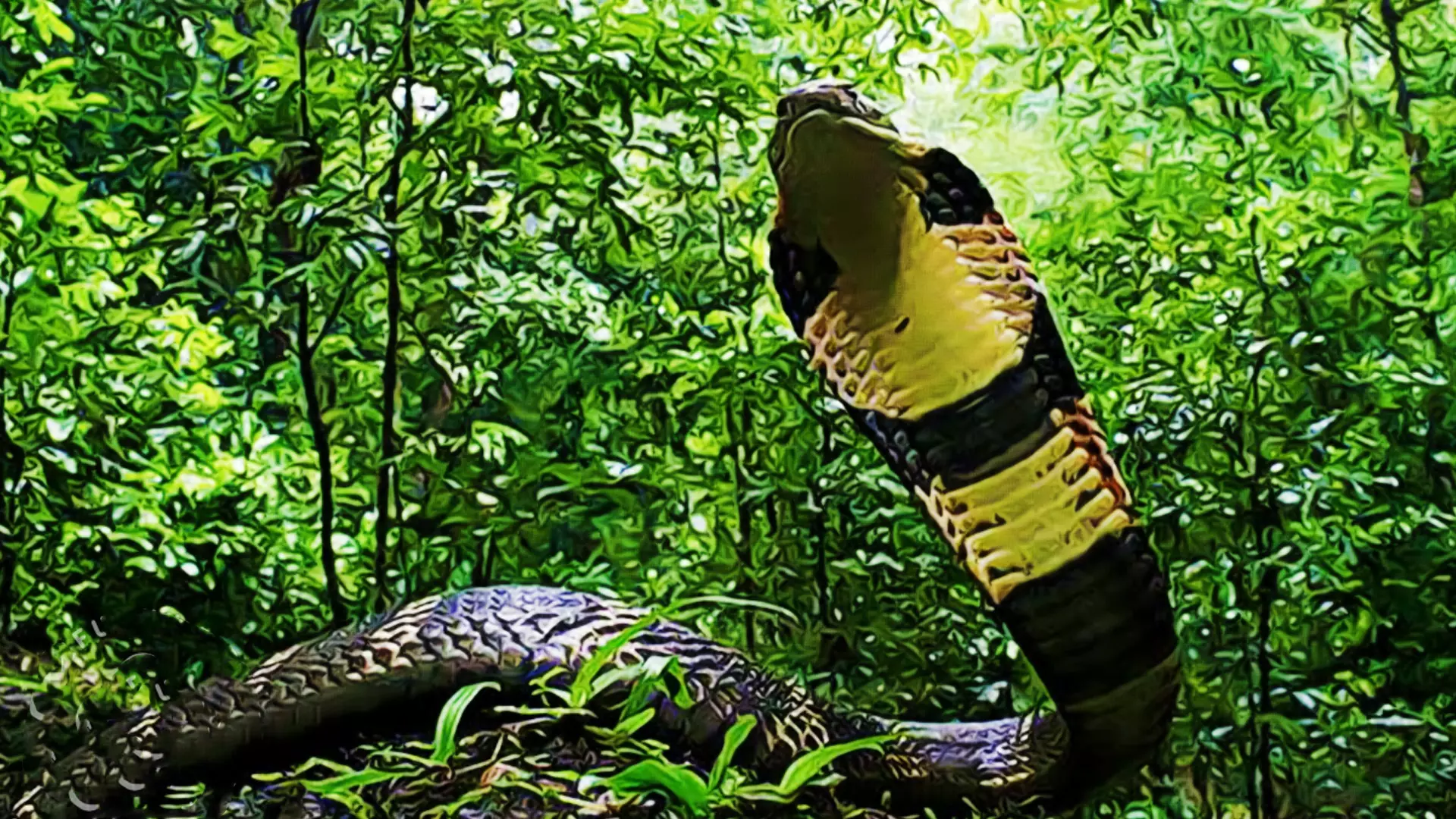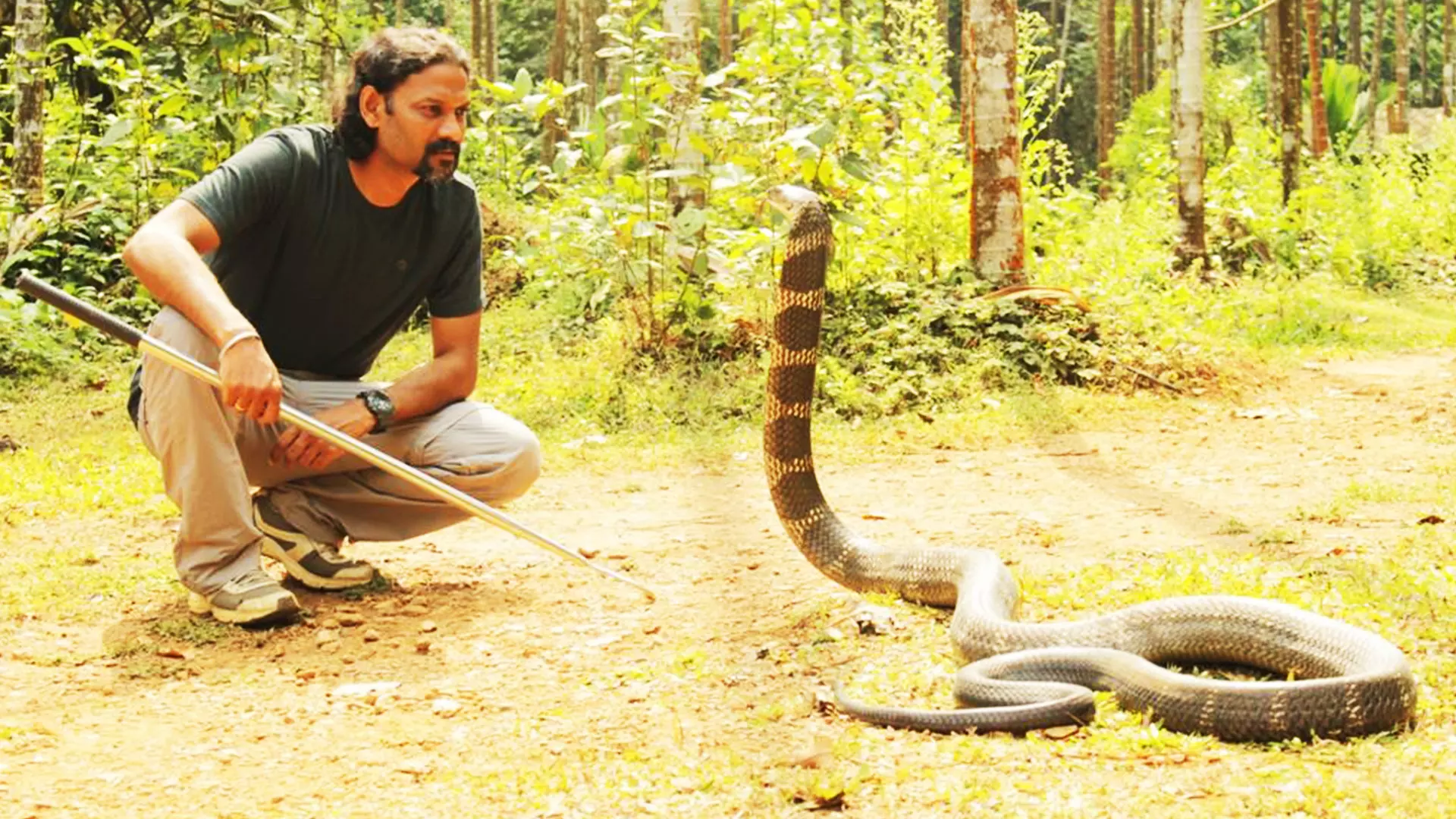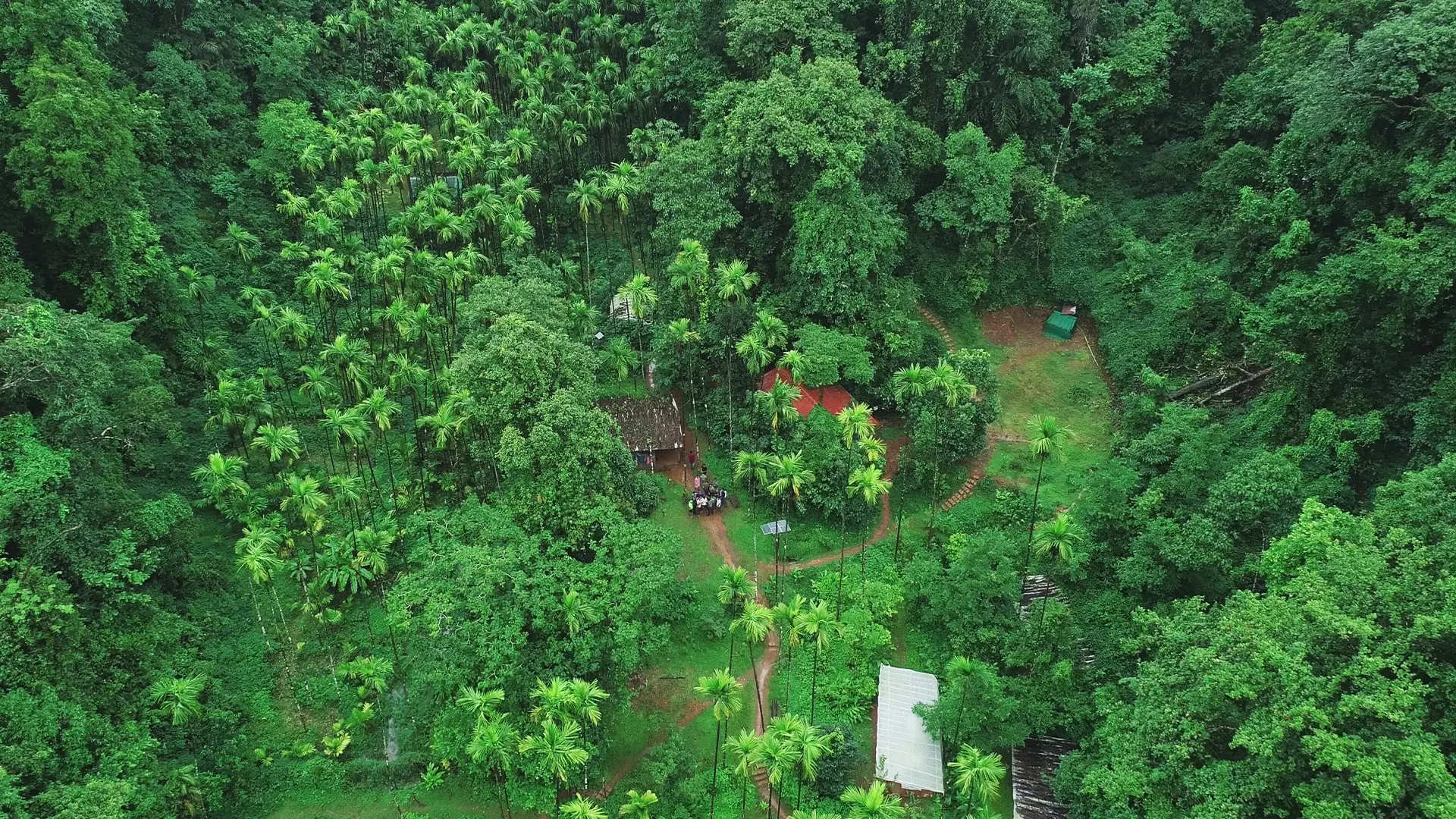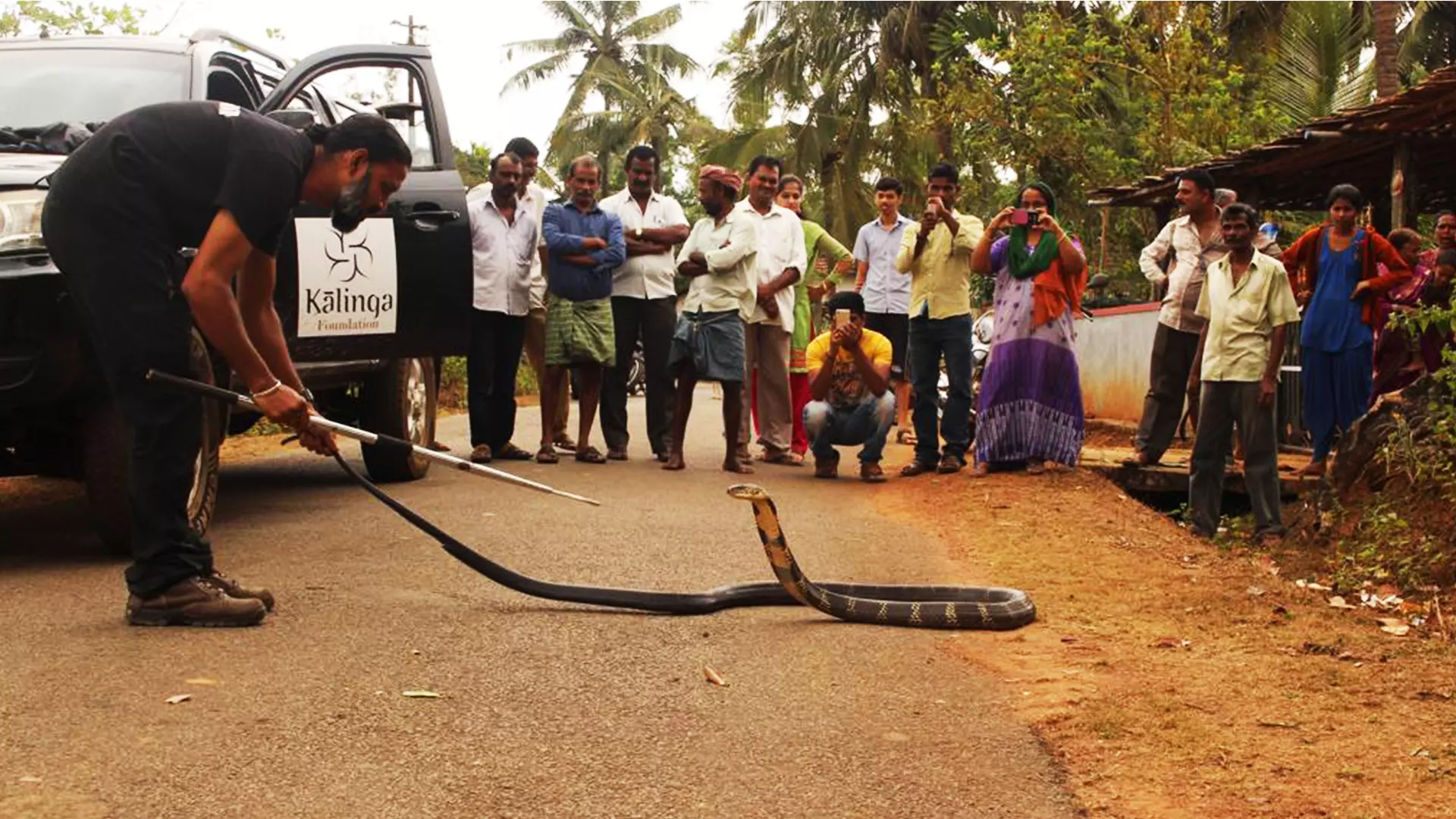
- Home
- India
- World
- Premium
- THE FEDERAL SPECIAL
- Analysis
- States
- Perspective
- Videos
- Sports
- Education
- Entertainment
- Elections
- Features
- Health
- Business
- Series
- In memoriam: Sheikh Mujibur Rahman
- Bishnoi's Men
- NEET TANGLE
- Economy Series
- Earth Day
- Kashmir’s Frozen Turbulence
- India@75
- The legend of Ramjanmabhoomi
- Liberalisation@30
- How to tame a dragon
- Celebrating biodiversity
- Farm Matters
- 50 days of solitude
- Bringing Migrants Home
- Budget 2020
- Jharkhand Votes
- The Federal Investigates
- The Federal Impact
- Vanishing Sand
- Gandhi @ 150
- Andhra Today
- Field report
- Operation Gulmarg
- Pandemic @1 Mn in India
- The Federal Year-End
- The Zero Year
- Science
- Brand studio
- Newsletter
- Elections 2024
- Events
- Home
- IndiaIndia
- World
- Analysis
- StatesStates
- PerspectivePerspective
- VideosVideos
- Sports
- Education
- Entertainment
- ElectionsElections
- Features
- Health
- BusinessBusiness
- Premium
- Loading...
Premium - Events

In 2004, wildlife biologist Gowri Shankar was bitten by a king cobra when he was rescuing it from a house. There was no antivenom available for king cobra then, so he was sure that he would die in 30 minutes. Amid excruciating pain, he was reminded of a few vials of antivenom (made from the venom of the king cobras of Thailand) that he had kept in his lab. Gowri told the doctors to...
In 2004, wildlife biologist Gowri Shankar was bitten by a king cobra when he was rescuing it from a house. There was no antivenom available for king cobra then, so he was sure that he would die in 30 minutes. Amid excruciating pain, he was reminded of a few vials of antivenom (made from the venom of the king cobras of Thailand) that he had kept in his lab. Gowri told the doctors to experiment with it on him. The result was negative as the antivenom didn’t work. But there was hope. The king cobra, according to Gowri, was kind as it injected a very small amount of venom into his hand while biting. The venom was not enough to kill him, but it gave the young herpetologist a topic for his research on the world’s longest venomous snakes.
The king cobras were considered a monotypic genus which means the snakes all over the world were considered a single species under the genus Ophiophagus. If that’s the case, why didn’t the ‘Thai’ antivenom work? To find an answer to the question, Gowri travelled to the habitats of king cobras in south and southeast Asia, following their growls.

Gowri Shankar with a king cobra.
With years of hardwork and dedication, Gowri finally proved that the king cobra is composed of many evolutionary lineages, not a single one as believed. The king cobras (Ophiophagus hannah) could represent a species complex which means there could be multiple species. The study attained significance as it was an important finding after zoologist Edward Cantor called the king cobra “Ophiophagus hannah” (‘Ophio’ means snake, ‘phagus’ means eating) in 1836.
While studying the evolutionary lineages and behaviour patterns of king cobras, Gowri had a dream. He wanted to open a centre dedicated to environmental education, research and conservation in the heart of the forest. In 2012, Gowri Shankar and Sharmila Rajasegaran started the Kalinga Foundation and Kalinga Centre for Rainforest Ecology (KCRE) in Agumbe, a remote and the wettest village in the Shivamogga district of Karnataka. “It all started with a dream – a dream to truly live in the heart of nature. A dream to show the world that it is possible to coexist harmoniously with nature and to also inspire the future generations to be the custodians of our natural heritage,” says Gowri Shankar, who is the founder trustee of the Kalinga Foundation and the KCRE, an environmental education facility that welcomes people to learn scientific tools of conservation through workshops and camps.
The Kalinga team, led by Gowri Shankar, has made significant progress in the study of wildlife with a special focus on snakes, particularly on king cobras. The initiative resulted in the rescue of 2,88,000 snakes (indirectly), including 135 king cobras, from distress situations in the Shivamogga district of Karnataka. Kalinga Foundation has played a crucial role in educating 7,677 school and college students to forest department officials and staff. From molecular phylogenetics of king cobras to radio-telemetry studies on Malabar pit vipers, the organisation has been at the forefront of advancing scientific knowledge in herpetology and ecology. As Kalinga Foundation completes its ten years of active involvement with nature and reptiles, its founder Gowri Shankar says he is happy. “You may say I’m a dreamer, but I’m not the only one. I hope someday you'll join us. And the world will live as one,” says Gowri, quoting John Lennon, the famous English singer and songwriter, who gained worldwide acclaim as the founder of the English rock band The Beatles.

The Kalinga Foundation amid deep forests.
The Kalinga Foundation today plays a major role when it comes to conservation of nature and its exotic species. However, it was not easy to start an organisation for the couple with a child and no proper job 10 years ago. They had to raise funds. When Gowri conveyed his idea to his friend and lawyer Shaukath Jamal, he told him to start two organisations – a non-profit one and a profit-oriented one. But finding the location was challenging. With the help of wildlife and forest experts, the couple found a place in Agumbe in Shivamogga district.
The place that Gowri and his friends chose was remote and scenic. There were a lot of arecanut plants. The team first constructed a rest house using natural products like the wood of arecanut plants. A well was dug. But there was no electricity and telephone. One had to travel at least a kilometre to make a call. It was a humble beginning, but the couple got support from wildlife enthusiasts and researchers who frequented the place. From a field station, Kalinga Foundation soon developed into a biodiversity and research centre.
The Kalinga Foundation has helped many researchers complete their thesis with great merit. Priyanka Swamy was a member in the team, headed by Gowri, that studied the phylogeography of king cobra which eventually led to the discovery of four new species of it. Today, she is pursuing her PhD on the Malabar Pit Viper using a radio telemetry method. She has finished all the field studies. There are many like Priyanka who have done their research successfully at the Kalinga Foundation. “The Kalinga Foundation’s establishments are some of the few available biodiversity research field stations in the Western Ghats, catering to the needs of a wide array of biologists and nature enthusiasts alike. Its base has proved instrumental for the study and exploration of several life forms including plants and trees, insects and other invertebrates, birds, mammals and of course herpetofauna – amphibians and reptiles,” says Sharmila Rajasegaran, cofounder of Kalinga Foundation.

Gowri rescuing a king cobra.
The Kalinga Foundation, in collaboration with renowned institutions, has contributed to biodiversity research projects. Snake radio telemetry, king cobra conservation and crocodile population genetics are some of the ongoing projects. The Kalinga team also conducts conservation camps, workshops and events to create a greater understanding of wildlife conservation among diverse communities. “Many studies including molecular phylogenetics of the king cobras (in collaboration with Indian Institute of Science, North Orissa University, Uppsala University Sweden and University of Bangor UK, University of Malaysia, Sarawak), radio-telemetry studies on vipers (Bangalore University), to agamid lizard ecology and man-crocodile conflict mitigation (University of Warsaw, Poland) and herpetological assemblage structure (University of Leiden, Netherlands) have been conducted by our team. We have mentored and nurtured more than 85 interns and student trainees, many of whom have pursued higher studies in wildlife, including PhD and Postdoc programs both in India and abroad,” she added.
The KCRE, has conducted more than 667 STORM (Scientific Training on Reptile Management) workshops, in various towns and cities. A flagship programme of the KCRE, STORM is for people who have taken the leap from abhorring reptiles to learning and appreciating them.

The king cobras are the only snakes known to build a nest to lay eggs and protect them. They have long roamed the jungles of south and southeast Asia. They occur in varied habitats ranging from the tropics, subtropical and temperate areas. King cobras are found in the wet regions of the Western and Eastern Ghats of Peninsular India and the Andaman Islands, the Himalayan foothills of northern India (Uttarakhand), east across Northeast India to southern China, and across Southeast Asia all the way to the Philippines.
The king cobra is categorised as ‘Vulnerable’ under the IUCN Red List of Threatened Species Assessment (IUCN, 2012) and listed in Appendix II of the Convention on International Trade in Endangered Species of Wild Fauna and Flora (CITES). Habitat destruction, skin trade, poaching for food, medicine and pet trade threaten king cobra populations. Gowri Shankar is known for his work on king cobra conservation. He has over 20 years of experience working with captive and wild snakes. He has rescued more than 350 king cobras, monitored 50 nests, and released more than 500 king cobra hatchlings back to the wild.
For Gowri and Sharmila, it is a decade of dedication to wildlife conservation. The couple give credit to the team of friends who helped them achieve the goal. “Building two organisations from scratch, brick by brick, was only possible due to a clear vision for wildlife and environmental conservation, unwavering focus, team support, and the extended family that is Kalinga,” said Gowri, while expressing gratitude to those who contributed significantly to the organisation’s success at a function held in Bengaluru recently. “In the years to come, the Kalinga team looks forward to expanding its horizon and delve deeper into scientifically-informed conservation,” he added. Gowri’s journey with king cobras will continue, with more growls and moves.

